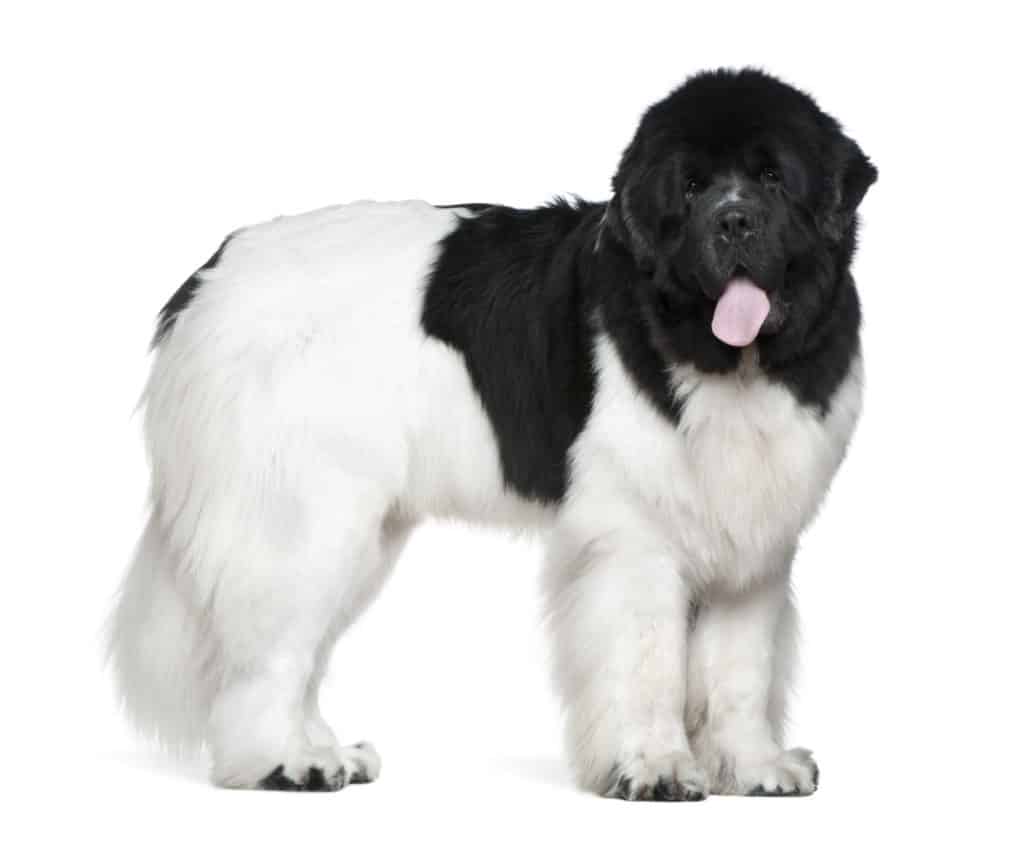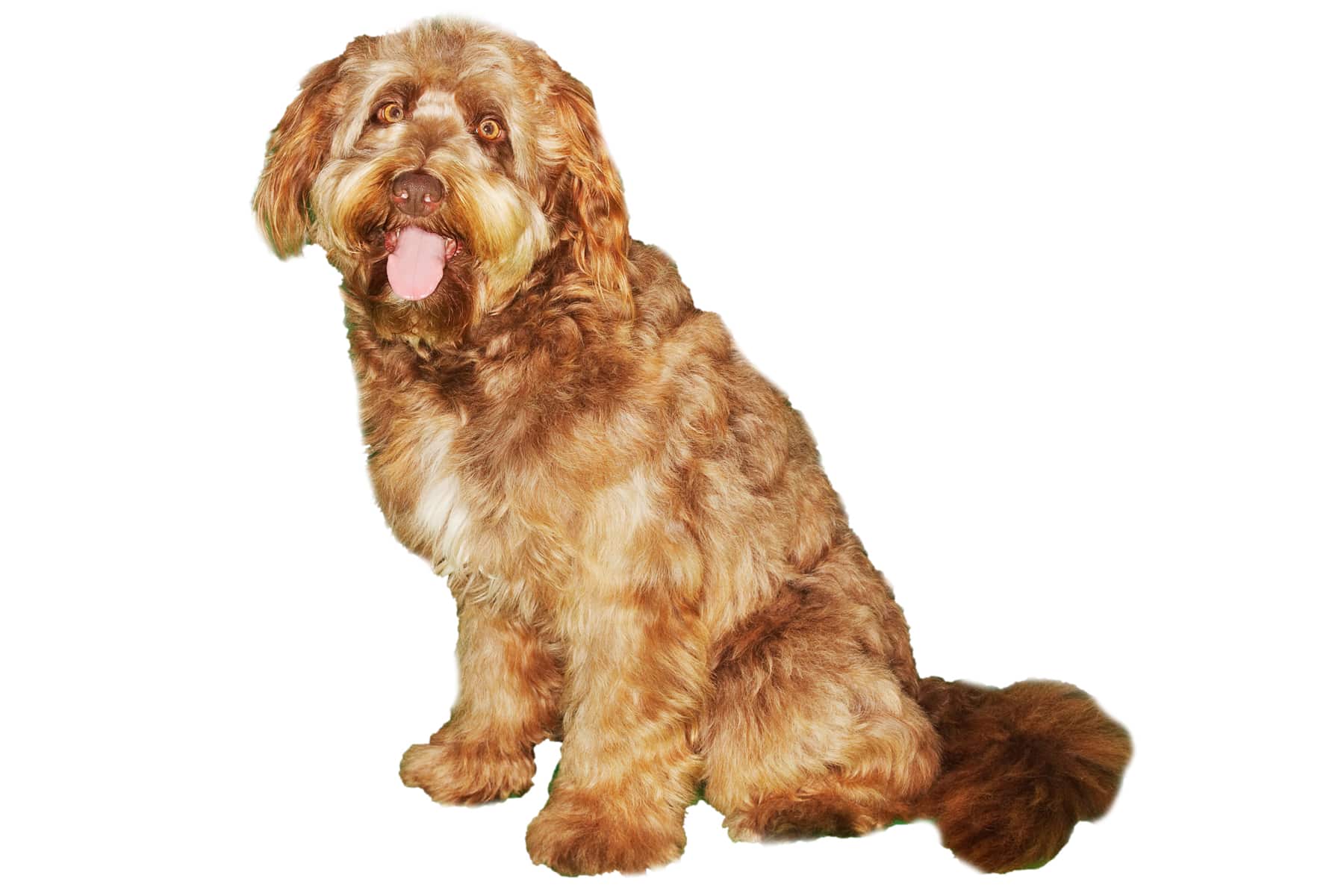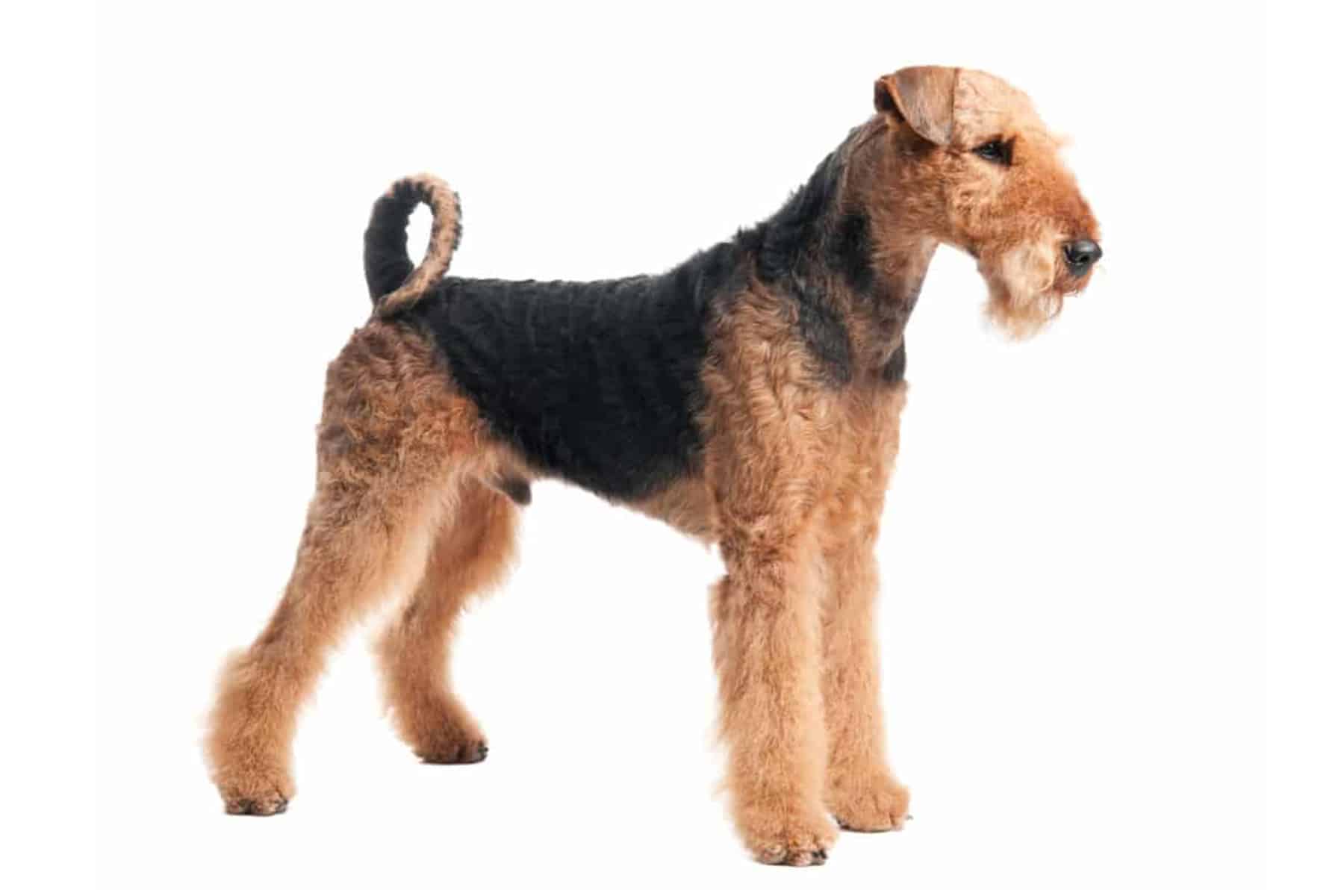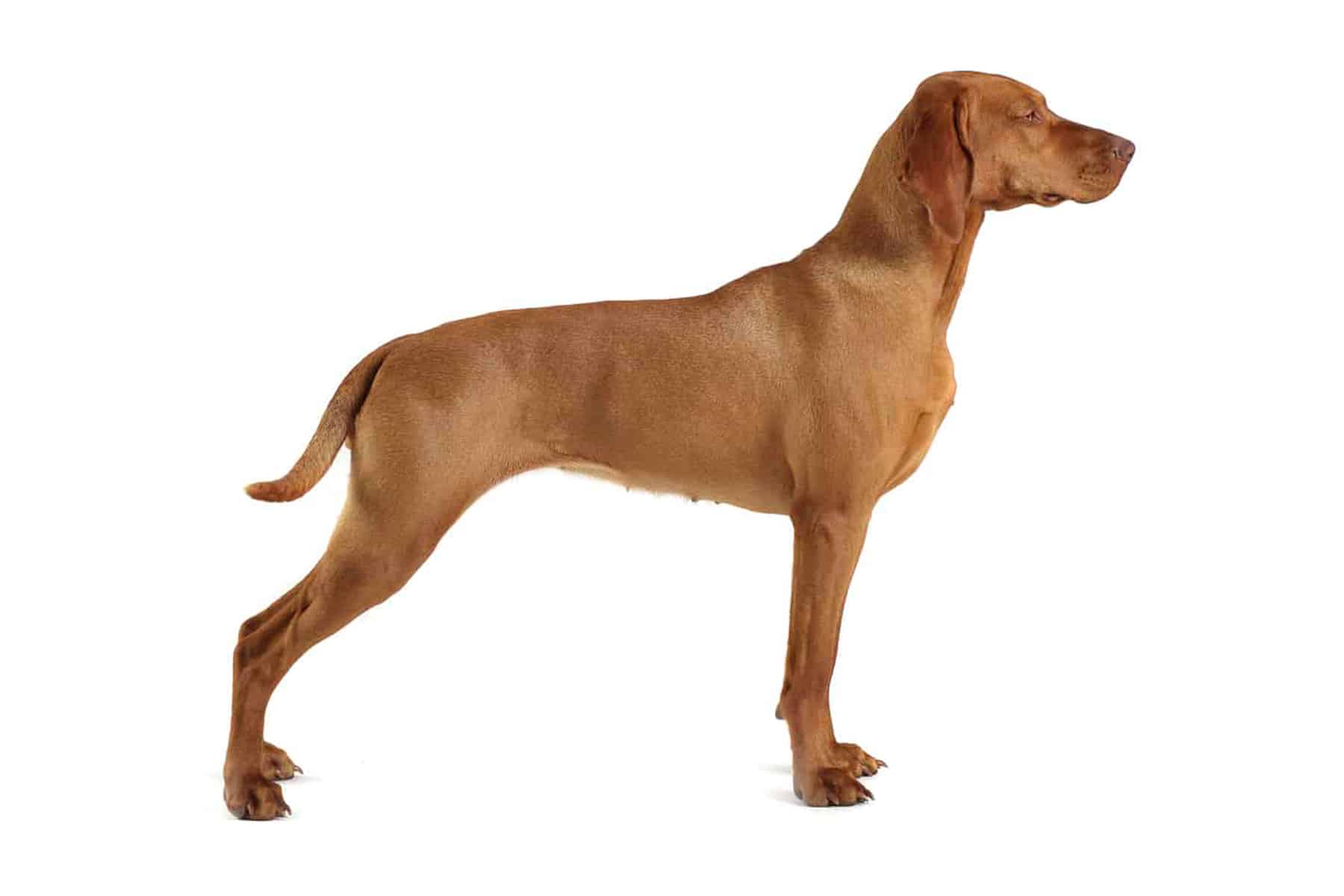German Spaniel
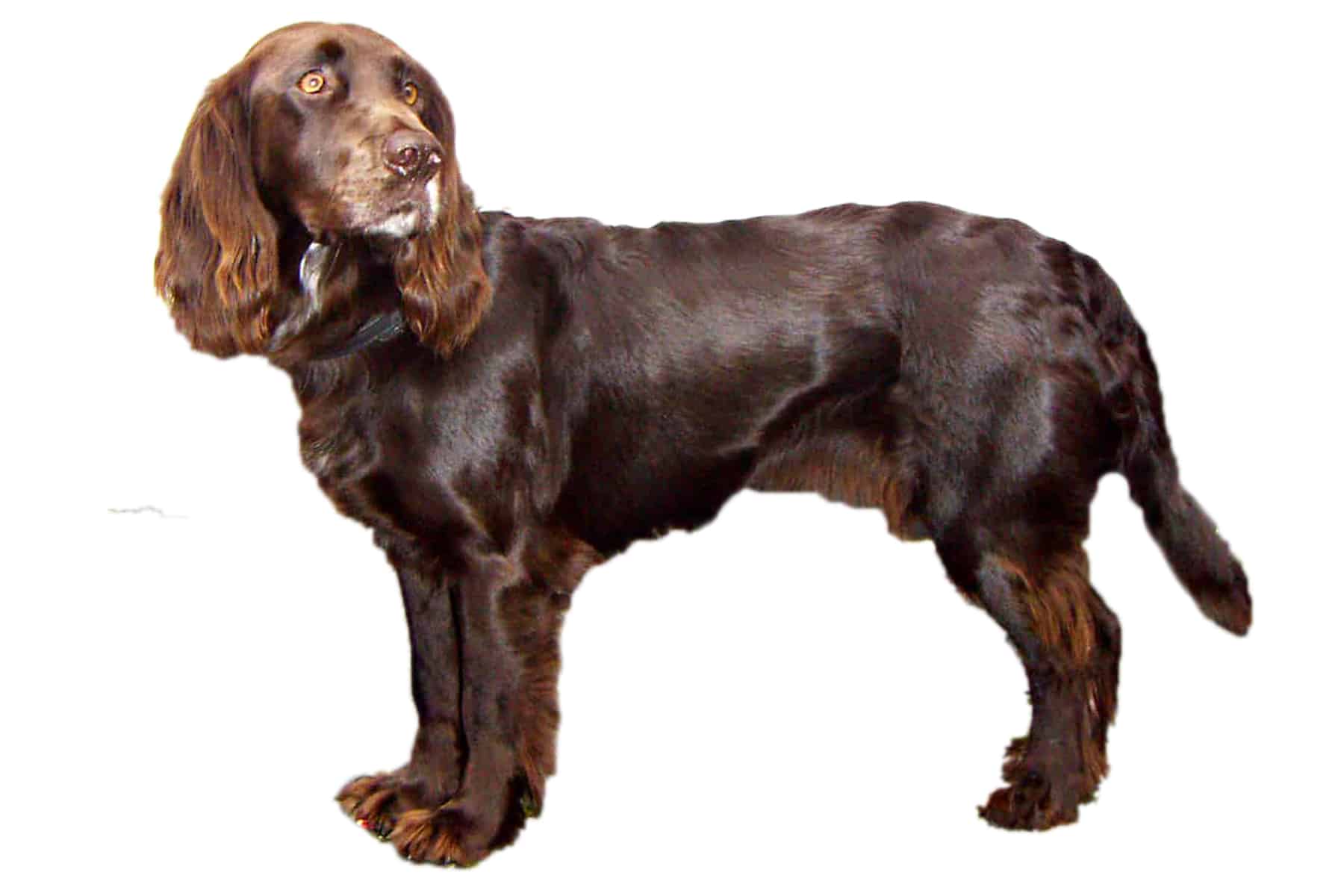
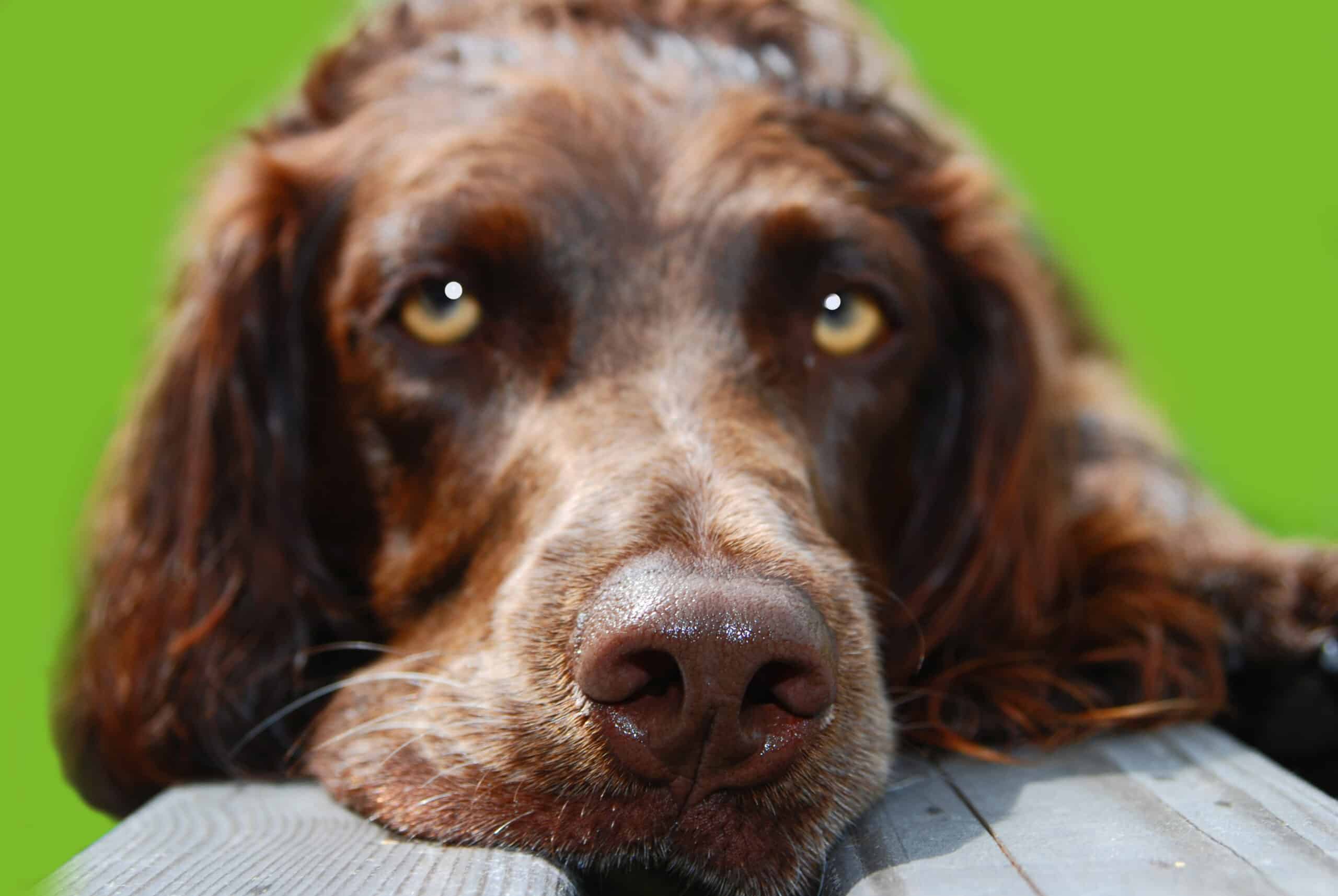
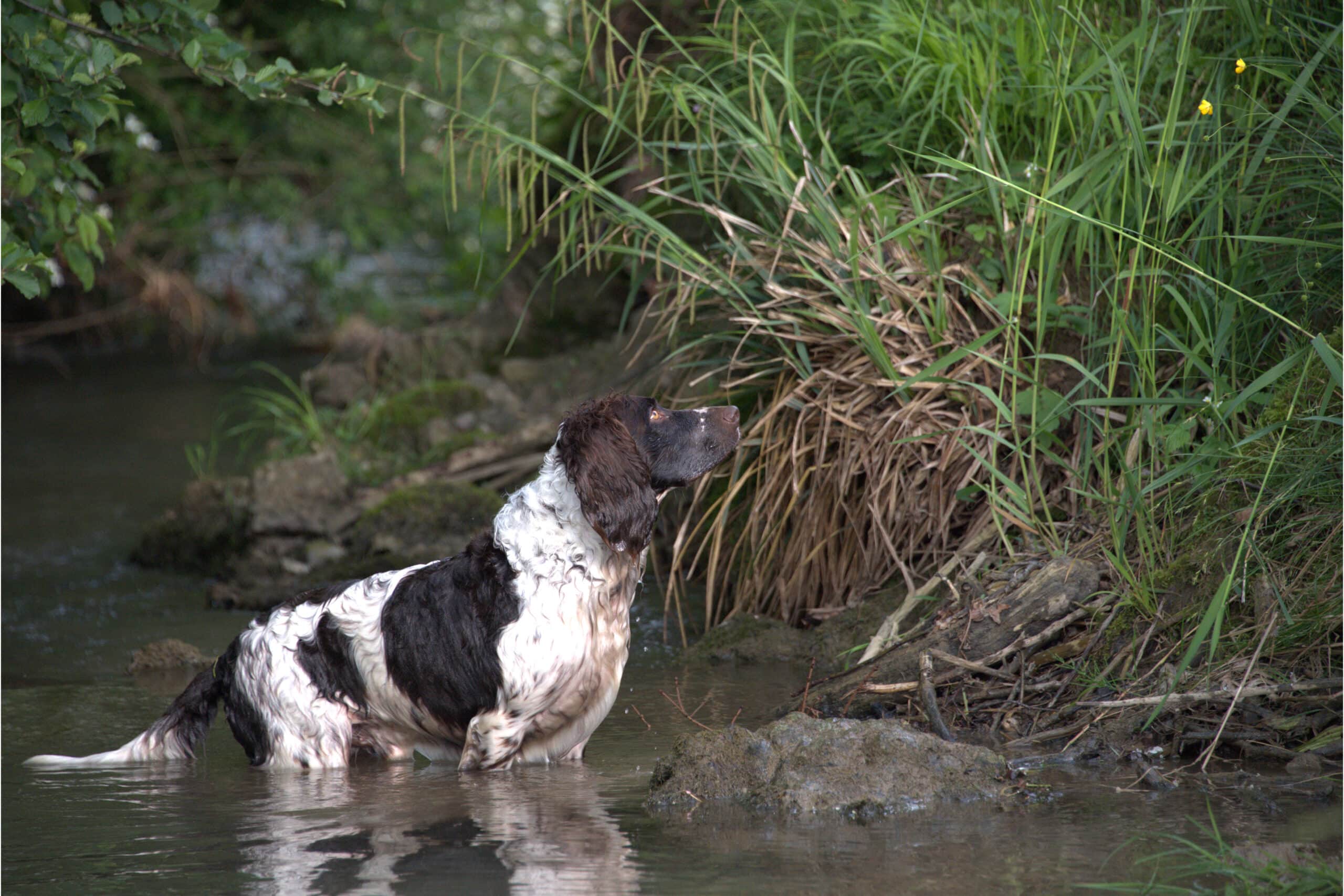
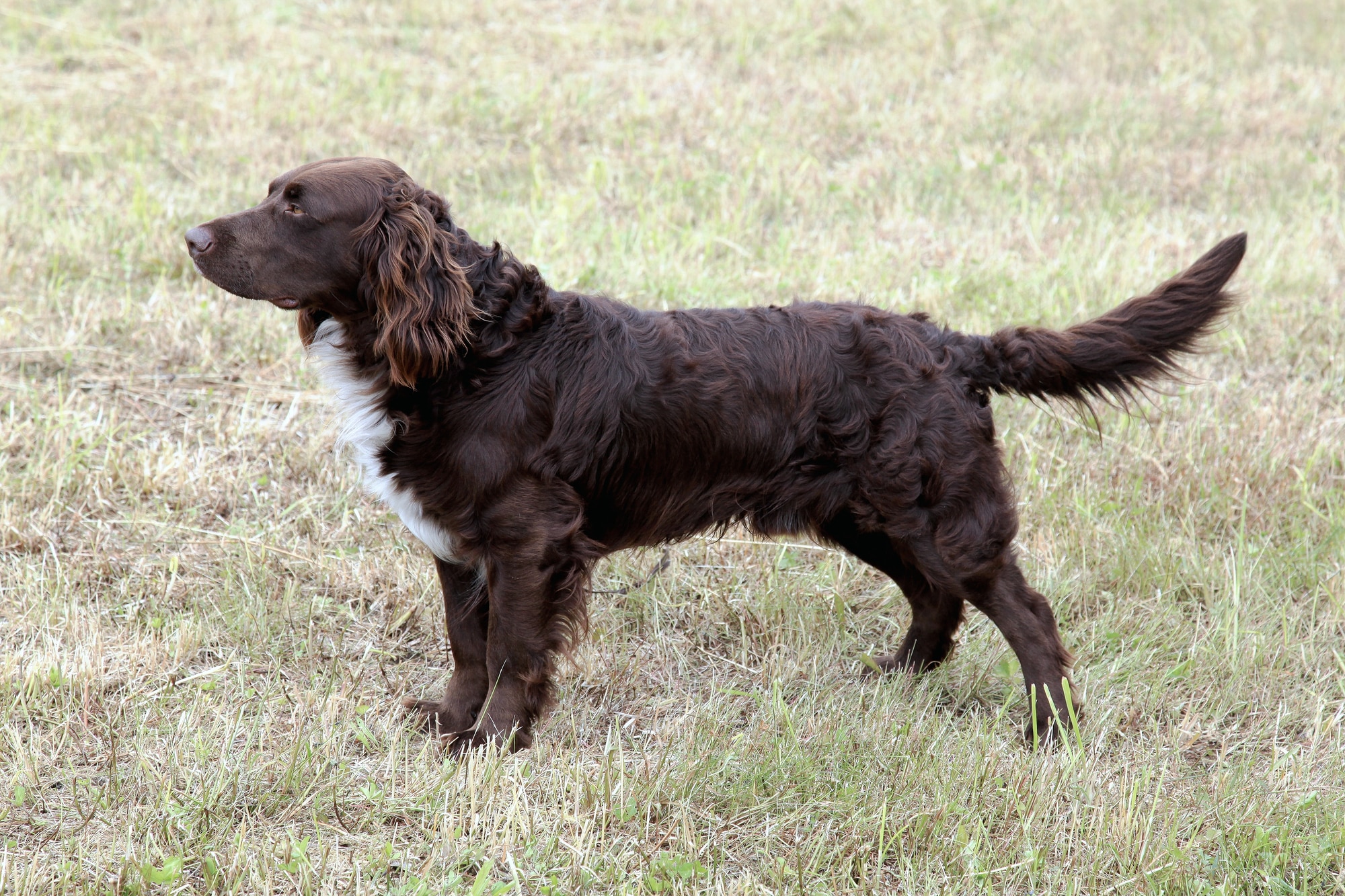
Temperament:
The German Spaniel is a medium-sized German dog breed recognized by the FCI, which belongs to the group of hunting dogs and is characterized by its extremely friendly nature. However, it should only be kept expressly as a hunting dog.
Characteristics
The German watchdog is generally a rather unknown breed. Due to its appearance, it is often mistaken for a spaniel. Nevertheless, it is particularly popular with hunters and foresters.
The German watchdog reaches a shoulder height of up to 54 cm. Its weight is around 30 kg. Bitches are usually somewhat smaller and lighter.
The German watchdog is a hunting dog. Its coat is dense and robust. In general, the coat is slightly wavy or long and smooth. Occasional white markings or white spots are possible. It has long floppy ears and a pointed muzzle.
In hunting, the German watchdog is mainly used as a retrieving dog. However, it is also a rummaging and water dog. It has a very fine sense of smell and a pronounced will to find.
It particularly enjoys hunting ducks, as it is very fond of water. But it also achieves excellent results when hunting hoofed game. It works very independently. It masters any terrain without any problems.
It is recommended that this breed is only used for hunting. It needs a lot of work and must be regularly challenged and kept busy.
Nevertheless, the German watchdog is a loyal and good-natured animal. It is outgoing and forms a close bond with its owner. It has a cheerful nature and plenty of energy and stamina.
He is uncomplicated with other people and dogs. He is very social and loves the company of others. His character is also characterized by courage and a high willingness to learn. His protective and guarding instincts, on the other hand, are only weakly developed.
It is particularly important to keep German quail dogs in a species-appropriate manner, as otherwise they tend to poach. Other behavioral problems can also occur. In any case, it should receive comprehensive and competent hunting training. This should begin as early as puppyhood.
Coat care:
Shedding:
Energy level:
Trainability:
Children suitable:
The right food
When feeding the German Quail Dog, a balanced diet should be ensured. The majority of their meals should consist of meat. Vegetables are also good for their development. You should always determine the amount of food individually. The requirement depends on the age and weight of the animal. Physical activity also plays a role.
If the dog is still small, it needs special puppy food. It is advisable to feed several small meals throughout the day. Do not give the puppy too much food or food that is too nutritious, otherwise skeletal growth will be impaired.
When the dog is fully grown, it is advisable to feed it twice a day. Preferably in the morning and evening. With increasing age, the energy requirement decreases. Seniors therefore need smaller portions of food.
Whether you feed dry or wet food is up to you. Wet food contains more flavor and a higher water content. Dry food is cheaper and can also be fed as a treat between meals. It also has a longer shelf life. This is why many breeders opt for mixed feeding.
Treats are allowed and can be used as a reward. Some treats also promote dental health. You should also use chewing bones regularly as they prevent tartar.
In addition to the food, make sure your pet has a sufficient supply of fluids. Make sure that fresh drinking water is always available.
Health & Care
Grooming the German Quail Dog is easy. However, the coat should be brushed regularly. This removes dirt and prevents matting. During the shedding season, you should brush your dog more often, as it sheds a lot of hair.
You should also check and clean your dog's ears regularly to prevent inflammation. Get a special ear cleaner for this.
As the hair on the paws is also relatively long, it can be helpful to trim it there. This prevents dirt from accumulating. You should also regularly check the paws for injuries and clean them. You can use a greasy cream to keep the pads supple and protect them from cracks.
You should also check the claws regularly and trim them if necessary. This is particularly important if the dog moves around a lot on soft surfaces. If they are too long, the dog can injure itself or become misaligned.
Regular brushing with dog toothpaste and brush is recommended.
To remove dirt and mud from your dog, it is always best to take a towel and a blanket for the car. You should also take tick tweezers with you, as dogs can quickly catch a tick in the forest.
Suitable accessories
You need a sturdy collar and a tear-proof lead. The dog needs a place to retreat to. Many hunting dogs are kept in kennels. There should be a dog kennel there that is lined with straw or hay. It protects the dog from wind and weather.
However, you can also keep the German watchdog indoors. It then needs a basket and a blanket. The German quail dog should have a fixed feeding place. Place a non-slip food bowl and a sturdy water bowl there.
As the German watchdog is a hunting dog, it is advisable to purchase a dog whistle. Your dog should also wear a signal collar or a high-visibility vest so that it is not accidentally mistaken for game when hunting.
As the German watchdog moves over extensive terrain during its missions, a tracking device is also useful. This can be used to locate the dog in case of doubt.
As the dog often has to be transported in the car for hunting, you should fit a grille in the trunk. You will also need a secure holder for the dog. You can also install a crate.
A flea collar protects your dog from flea infestation. Flea powder or spotons also have this effect.
To keep your German quail dog busy at home or on a walk, you can give it a ball or a Frisbee to fetch.
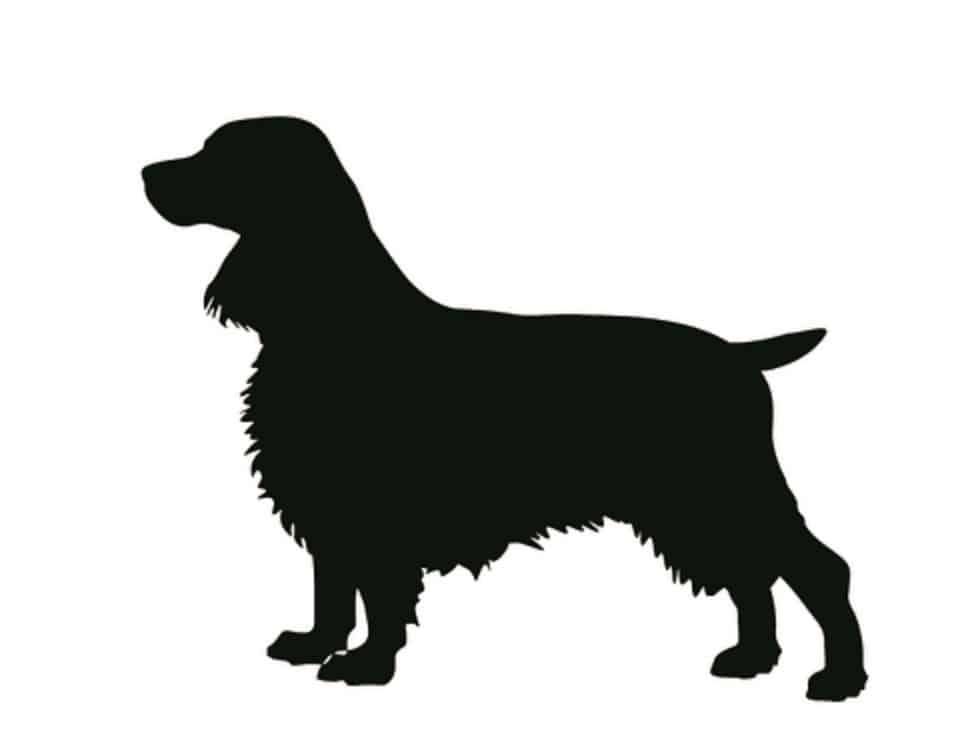
Origin & History
Breeding of the German Quail Dog dates back to 1903, since when the breed has been bred purely. There are two different color breeds. One is the brown breed and the other is the white breed.
These different colors were created by Rudolf Frieß, the so-called "quail father". He laid the foundation for the development and continued existence of this breed. He was gradually followed by more and more men who wanted to breed this breed and systematically developed it.
A testing system was also introduced. Initially, however, only a serviceability test was carried out. The system test was only added later.
Interest in the German watchdog grew, especially in the Third Reich. Around 500 puppies were born every year. Demand fell again during the Second World War. But as early as the 1930s, the number rose again to around 700 puppies per year. The German watchdog enjoyed growing popularity again.
Over the years, the colors were consistently separated and diseases were eradicated. What has remained is the frequent problem of hip joint dysplasia.
The Verein für Deutsche Wachtelhunde is the only existing breeding association. The breed is mainly found in Germany. Since 2007, however, there has also been the "German Wachtelhund of North America" association in America.
